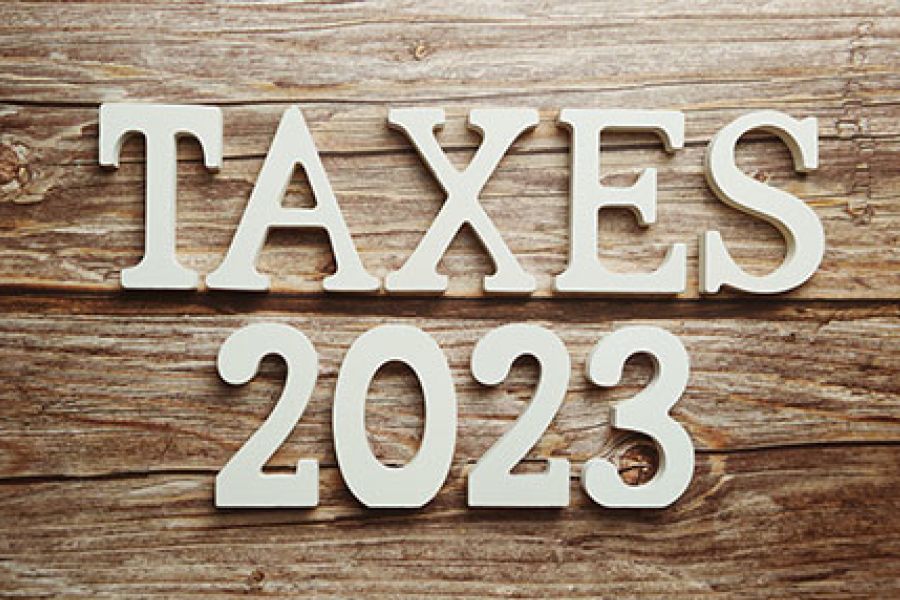Many people are more concerned about their 2022 tax bills right now than they are about their 2023 tax situations. That’s understandable because your 2022 individual tax return is due to be filed in 10 weeks (unless you file an extension). However, it’s a good time to familiarize yourself with tax amounts that may have changed for 2023. Due to inflation, many amounts have been raised more than in past years. Below are some Q&As about tax limits for this year. Note: Not all tax figures are adjusted annually for inflation and some amounts only change when new laws are enacted. I didn’t qualify to itemize deductions on my last tax return. Will I qualify for 2023? In 2017, a law was enacted that eliminated the tax benefit of...




